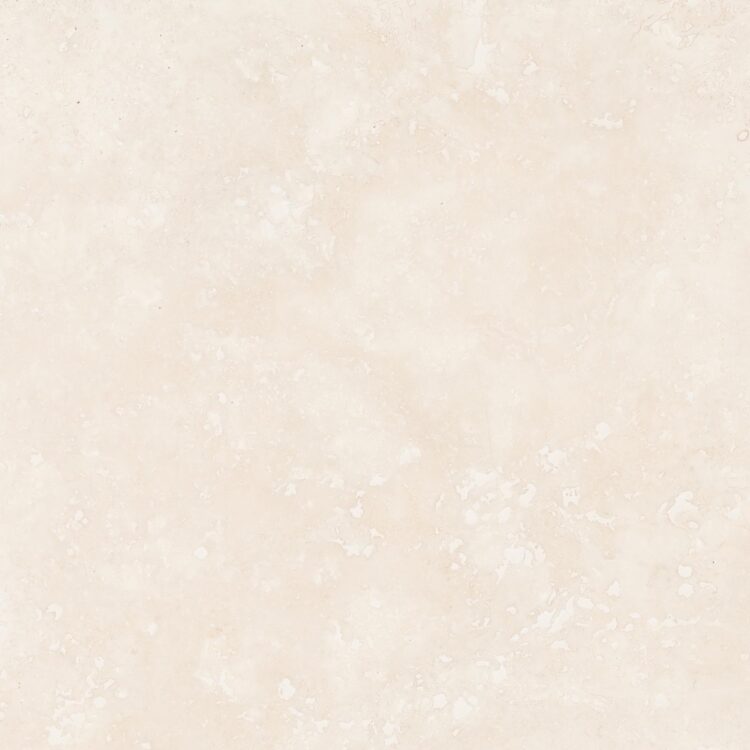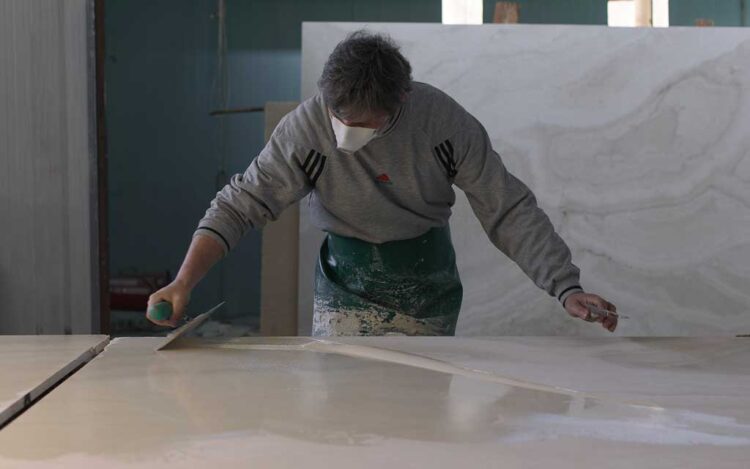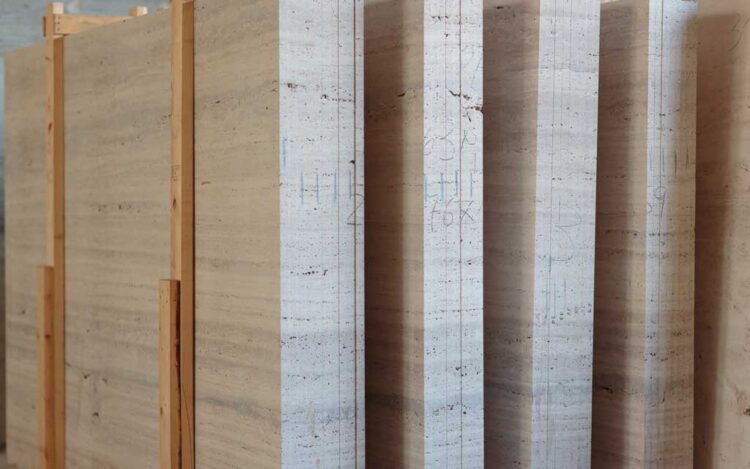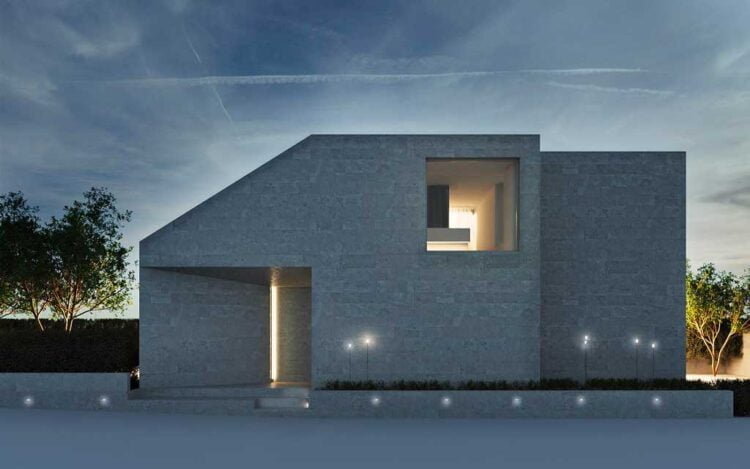Classico C Cross Cut Roman Travertine
Material: Roman Travertine
Origin: Tivoli, Italy
Availability: Blocks, Slabs, Cut to size
Suggested finishes:
saw cut, honed and stone color filled, honed and unfilled, brushed and unfilled, brushed and stone color filled
Suggested processing:
stone profiles, mosaics and patterns
General description
Classico C cross cut is highly appreciated for its delicate shades of light brown, beige, and cream. In cross cut, the cutting direction goes against the vein which results in a uniform background, therefore the neutral and pattern-free appearance makes it highly versatile and perfect to be matched with other natural stones both in interior and exterior design projects.
A walk in the woods, the sunlight shining through the trees, the sounds of nature. The direct contact with nature. This is Roman Travertine Classico C cross cut: a gift from the earth to dress up your favorite surfaces. For ages Roman Travertine has been used to build prestigious works of a art, as a proof that natural elegance is timeless.
One type of natural stone has been revered for its strength and beauty through millennia – travertine Classico C in cross cut. It is both a highly practical building material yet also an aesthetically entrancing surface from a design perspective. The travertine featured above was used in ancient rome to build UNESCO World Heritage monuments, and preferred by Renaissance sculptors such as Michelangelo and is still widely used today.
There are countless varieties of natural marbles available in our offerings each with their own particular characteristics. From highly distinctive veined, to subtle and pure, the choice is inspirational.
Technical Specifications Roman Travertine Classico
1) Flexural strength (UNI EN 12372)
1a) Load perpendicular to asiontropic planes
| Mean Fleaxural Strength | Standard deviation |
| 11,3MPa | 1,2Mpa |
1b) Load perpendicular to corners of asiontropic planes
| Mean Fleaxural Strength | Standard deviation |
| 13,5MPa | 0,8Mpa |
2) Freeze-thaw resistance (UNI EN 12371)
2a) Load perpendicular to asiontropic planes
| Mean Fleaxural Strength | Standard deviation |
| 6,4MPa | 3,3Mpa |
2b) Load perpendicular to corners of asiontropic planes
| Mean Fleaxural Strength | Standard deviation |
| 7,0MPa | 1,6Mpa |
3) Slip Resistance (UNI EN 1341)
| Mean Slip Resistance, Single Sample |
| 66 |
4) Abrasion Resistance (UNI EN 1341)
| Mean Abrasion Resistance |
| 24,0 |





